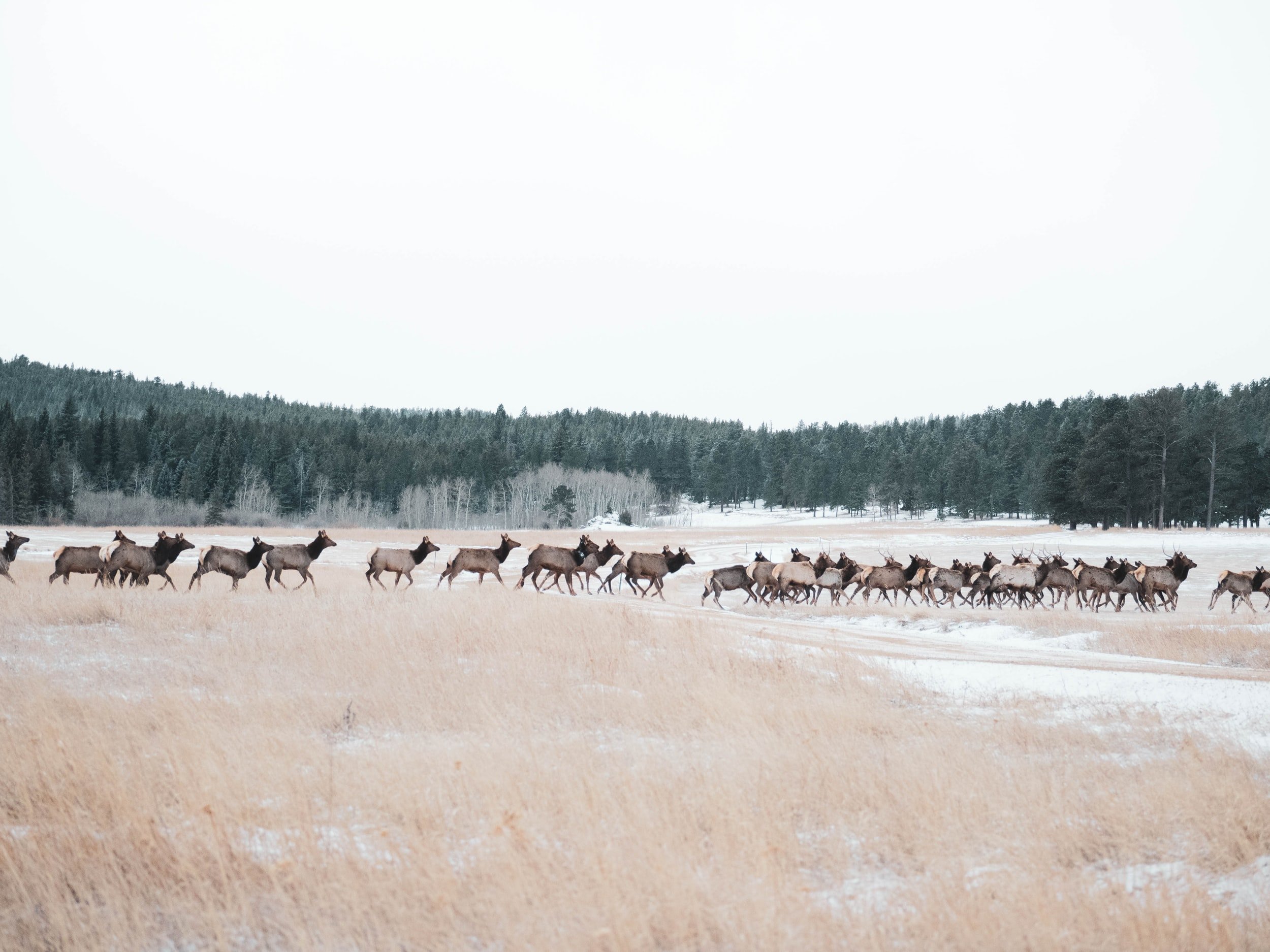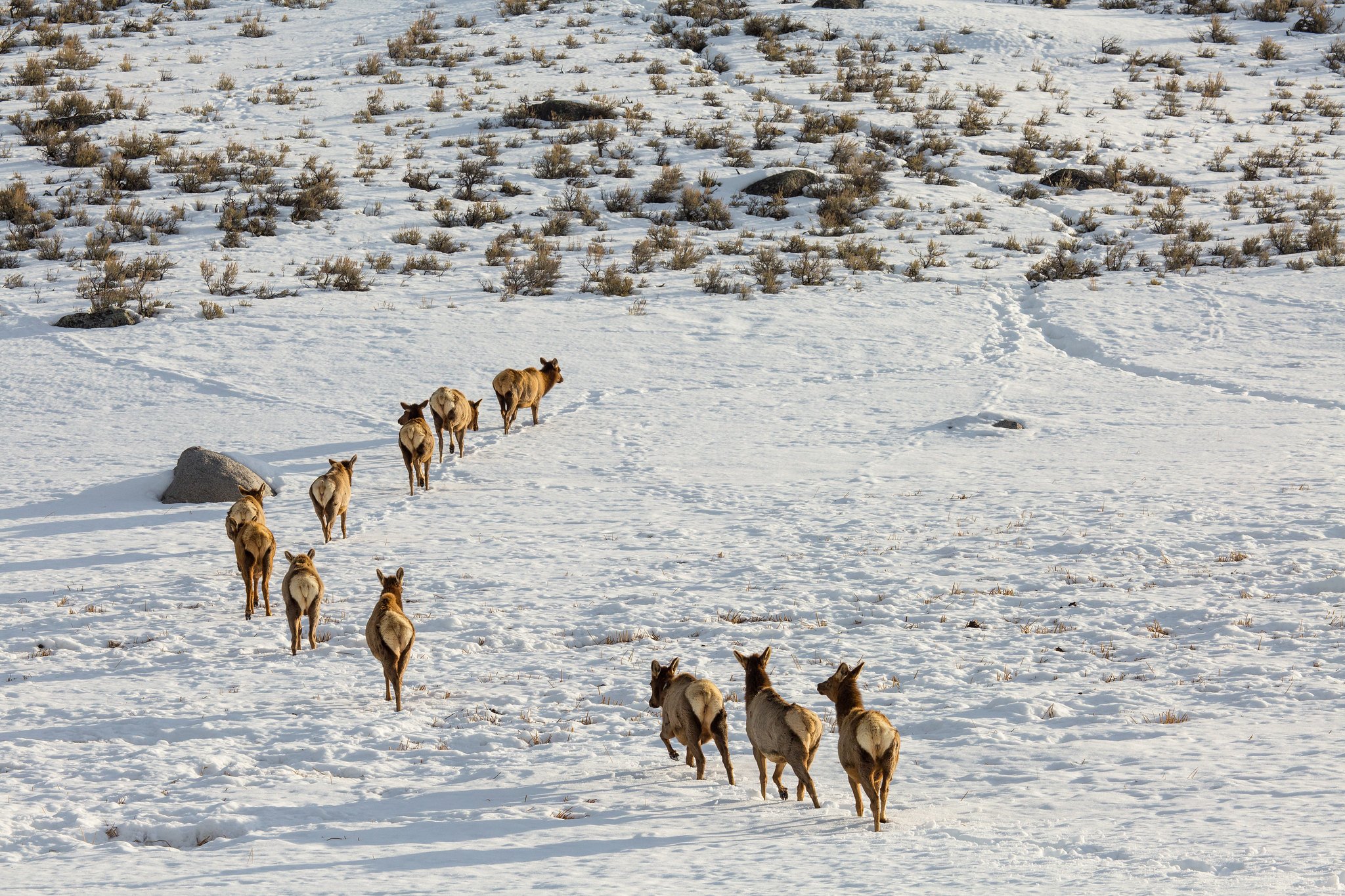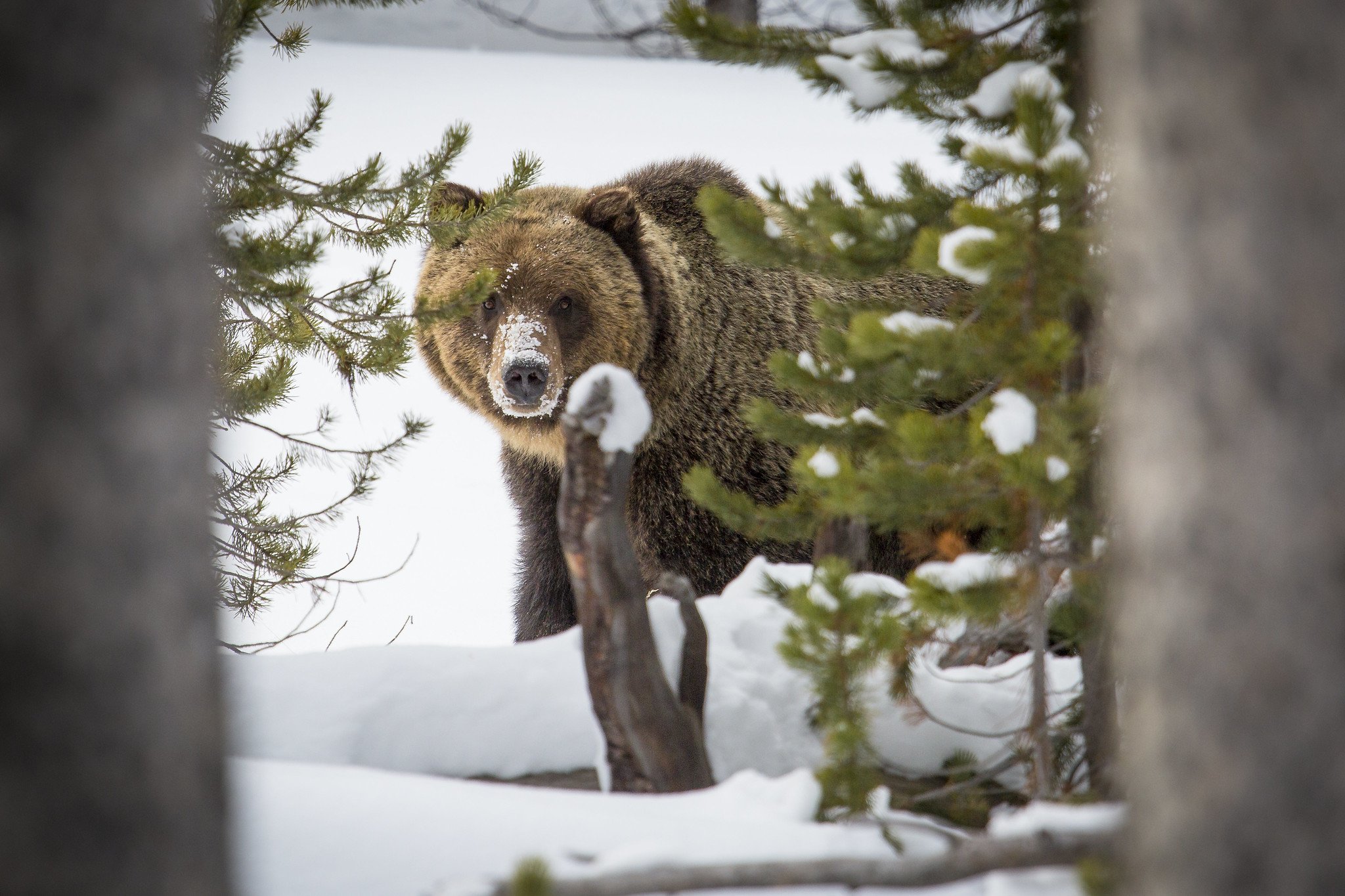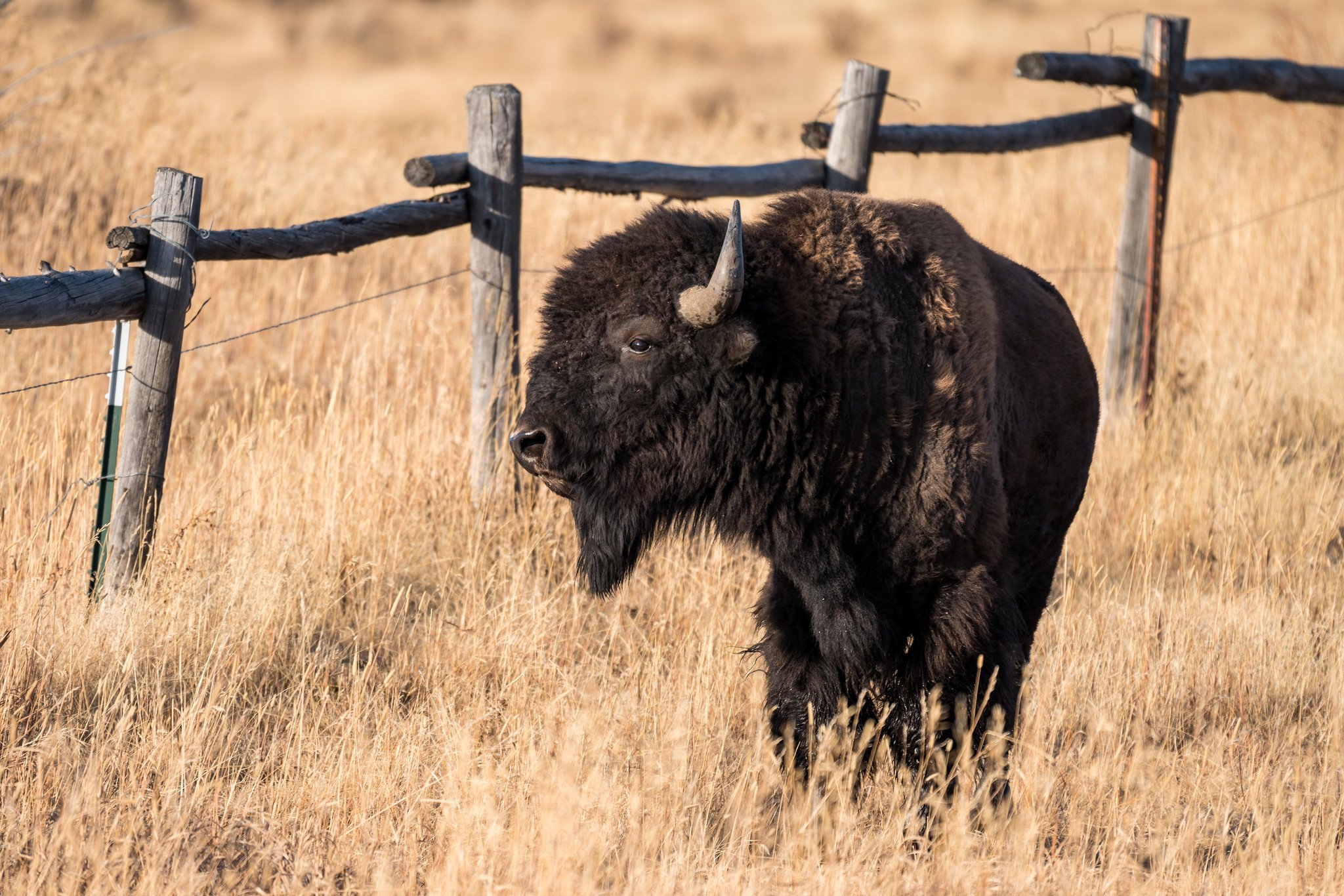
Securing Habitat with Elk Occupancy Agreements
Greater Yellowstone is home to some of the most wild, vast, and scenic landscapes in the world. The ecosystem’s public and private lands provide critical habitat for iconic wildlife like free-roaming elk, mule deer, bighorn sheep, and grizzly bears.
As animals moving across the landscape find themselves on private lands, landowners are often impacted by their presence. Wildlife can damage fences, eat winter hay stores, and potentially transmit diseases to livestock. In order to promote coexistence across this increasingly crowded and complex ecosystem, GYC is committed to creating innovative tools to reduce damage to private lands caused by free-roaming wildlife, while also ensuring wildlife have access to the habitat they need to survive.
Many private landowners care about stewarding the land and conserving wildlife, but long-term conservation easements are not the right answer for every family. In 2021, GYC formed its first partnership with a regional landowner called an “elk occupancy agreement.”
What is an elk occupancy agreement?
These voluntary agreements incentivize ranchers to provide crucial, unobstructed habitat for elk and other wildlife on private land while reducing competition between elk and cattle, a win-win for wildlife and landowners.
Just a few short months after the first agreement was signed, cattle were separated from elk and healthy native forage on private land was made available to Greater Yellowstone wildlife.
In another agreement, we worked with a family to allocate nearly 500 acres of elk winter range on their ranch by constructing a fence to prevent their cattle from accessing that area. The designated acreage excludes livestock and allows for the free and unrestricted movement of elk. As part of the agreement, the family also performs land management activities including invasive conifer tree removal, cheatgrass spraying, controlled burning, and noxious weed treatment when needed to maintain and enhance elk winter range conditions.

Our elk occupancy agreements are unique to each rancher’s situation. They also take into consideration known migratory routes, movement patterns, and habitat needs for elk and other animals. These agreements are entirely voluntary, cooperative, and privately funded through donations.
By working on innovative solutions like elk occupancy agreements, GYC is adding another tool to the toolbox for addressing the complex challenge of coexistence in our region. These solutions help preserve the livelihoods of family ranchers while simultaneously ensuring that Greater Yellowstone’s iconic wildlife have the space, habitat, and freedom of movement they need to thrive.
Are you a Greater Yellowstone landowner interested in an elk occupancy agreement? Reach out to Wyoming Conservation Coordinator Jared Baecker at jbaecker@greateryellowstone.org for more information.




